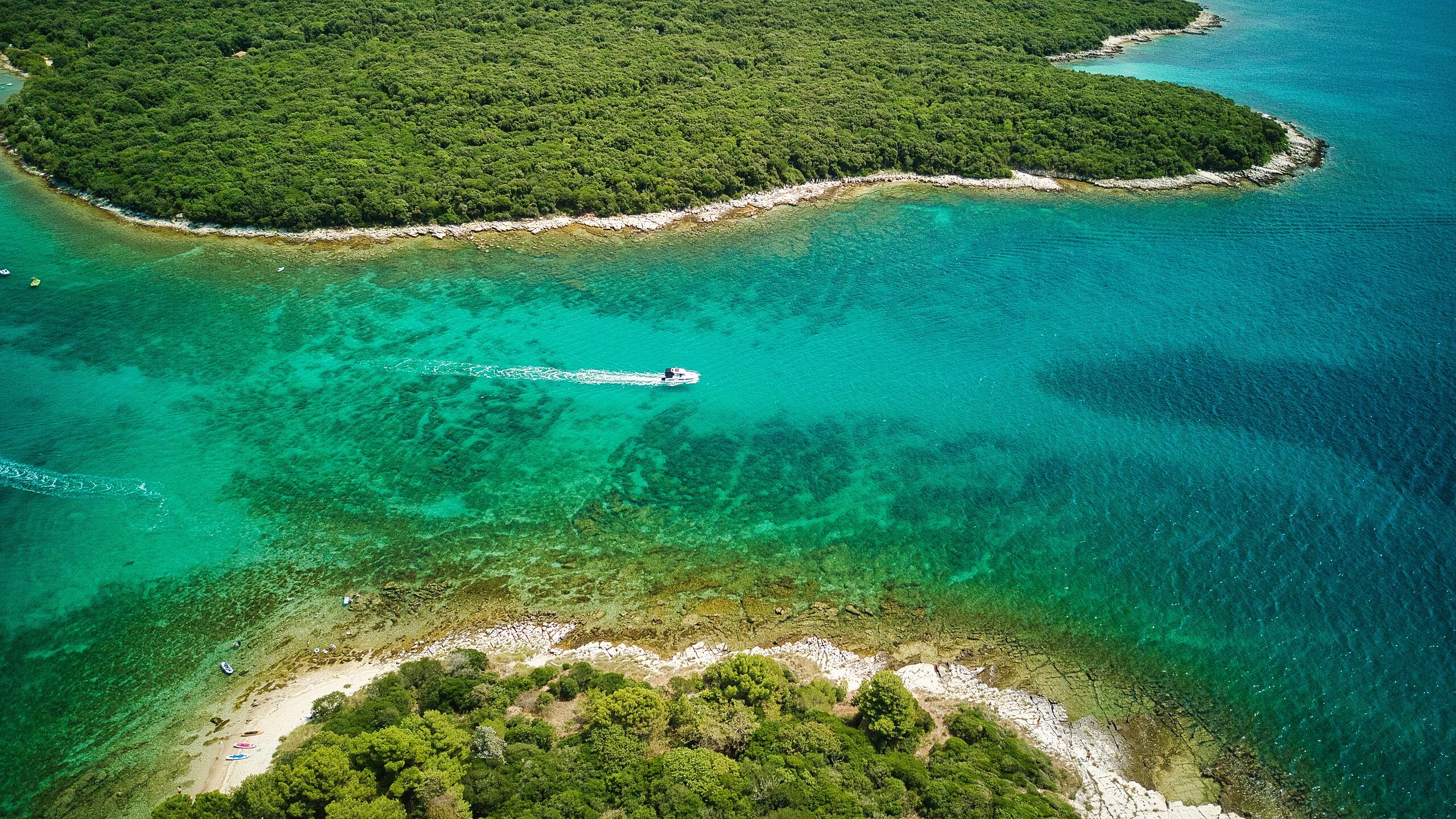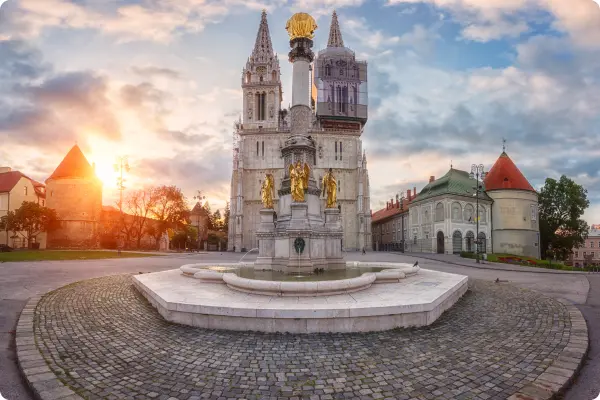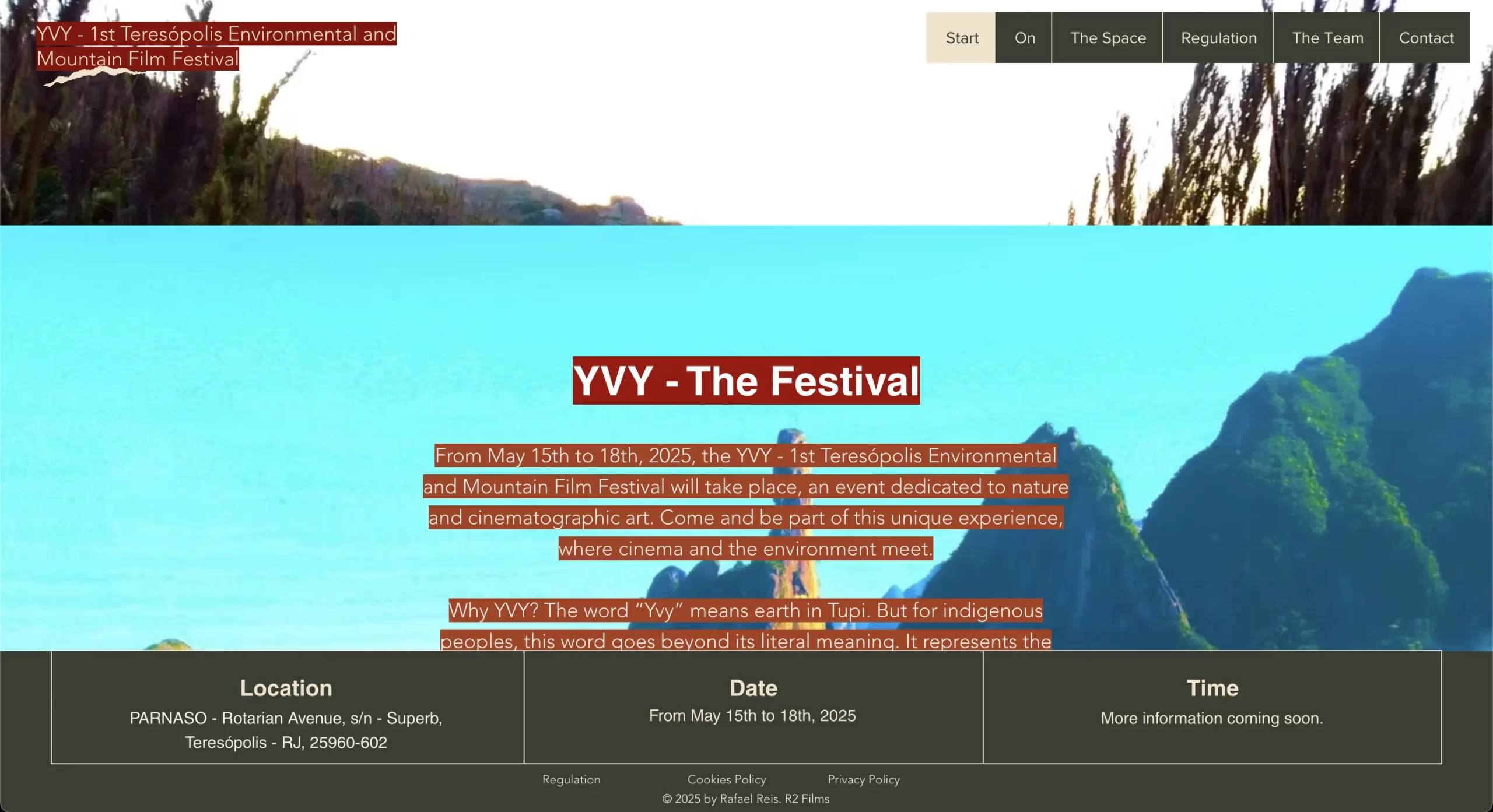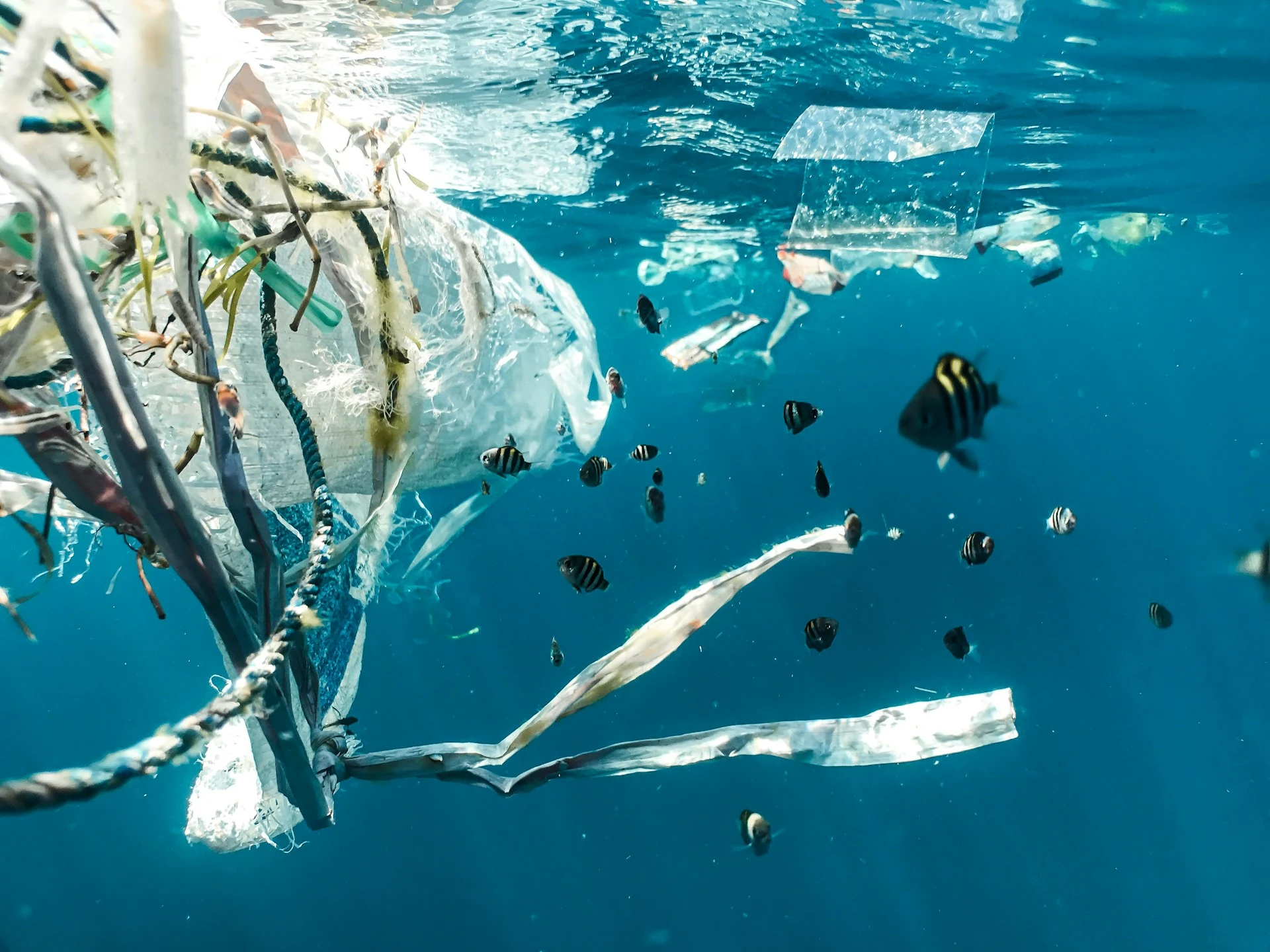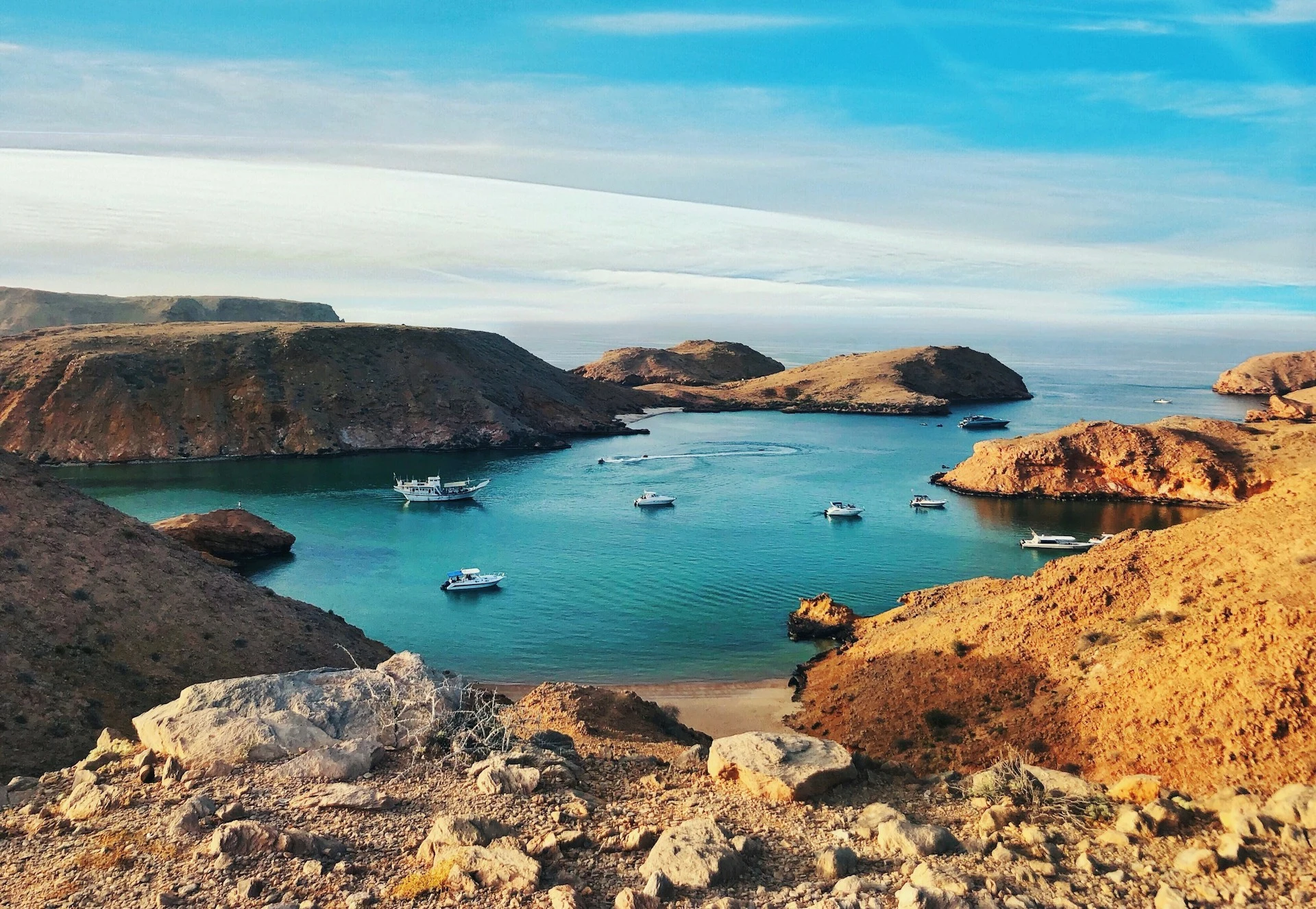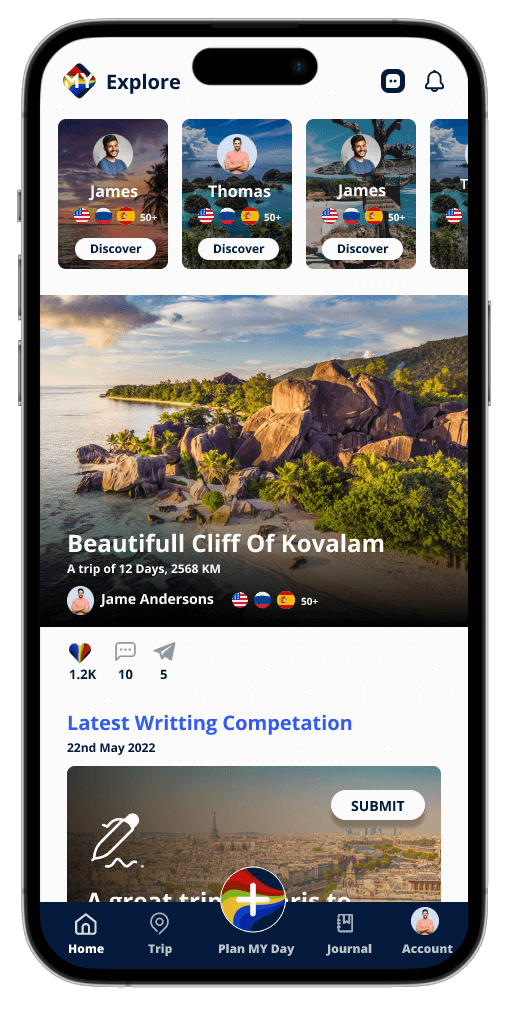If Mediterranean food and lifestyles combined with Slavic traditions and customs, it would result in Croatia. This marvelous country has an incredibly rich culture, so if you’re visiting Croatia, travel around its distinct regions is non-negotiable.
The nation’s culture emphasizes spending time with loved ones, religion—most of the population is Roman Catholic—and the arts. Music, dance, and art vary over the regions of Croatia, but each of these distinctive styles boasts of generational pride.
We’ve broken Croatia down into five regions. In each of those regions, we will give you five stops to add to your bucket list.
So, let’s get started!
Dalmatia
We begin our Croatia travel guide with Dalmatia.
This region of Croatia is made up of many islands perched along the Adriatic Sea.
Dalmatia is Croatia’s southernmost region and is a very popular tourist destination as a whole due to the historic cities within it.
The first stop is, of course, the “Pearl of the Adriatic,” Dubrovnik. The Dubrovnik Old Town is an UNESCO Heritage site, but that’s not all this city has to offer.
On the third of every February since the year 972 AD, Dubrovnik has held the Festivity of Saint Blaise. At the festival, you can see a procession of many notable people in Croatia, as well as rituals like the healing of the throat to stave off illnesses.
People perform folk songs in traditional costumes for the festival’s focal point, and some make the historical weapons that are fired during the celebration.
Next in Dubrovnik is The Rector’s Palace.
This was the administrative building for the Dubrovnik Republic. It is now home to the Cultural-Historic Department of the Dubrovnik Museum.
Next stop is the city of Split. Split is also home to another UNESCO site, Diocletian’s Palace. The largest and best-preserved building created in the style of Roman palatial architecture, the Palace of Diocletian is also a sea fortress. Within this beautiful structure is the equally beautiful Temple of Jupiter located across from the emperor’s mausoleum.
The final recommendation we have in Split is actually in the town of Sinj. Sinj holds the annual Sinjska Alka game in August. This equestrian competition commemorates the knights of Sinj’s victory over the Ottoman army in 1715.
After Split, you should look into visiting the Island of Hvar. Home to yet another UNESCO heritage site, the most interesting way to explore the island is in an old, refurbished Beetle car! It is the Stari Grad Plain vineyard that has earned the UNESCO title, but the lavender fields in Hvar are just as breathtaking to behold.
Here, on the Thursday before Easter, each of the six villages on the island sends a group to proceed through the other villages. This is called the Za Križen (“following the cross”) procession and is an eight-hour journey on foot.
The procession is led by a cross-bearer who walks non-stop barefoot or in socks, hence the name of the procession.
The second to last stop in the Dalmatian region is Korčula. This island is where the Moreška Sword Dance takes place.
The Kumpanjija villagers dance in a group, holding each other’s long swords, while the Korčula town’s Moreška members partake in a choreographed mock battle of clashing their swords.
For those who are looking for something a bit more thrilling, we would recommend that you head to the Lumbarda Lighthouse to enjoy some cliff jumping! If none of these things sound appealing to you, then sit back and relax with a glass of Grk wine.
Trogir is the last stop in the first region we visited during this Croatia travel adventure. The entirety of this town is a UNESCO World Heritage Site, and it’s not hard to see why.
From the Cathedral of St. Lawrence with its Bell Tower and Radovan’s Portal entrance to the Trogir Clock Tower and Town Hall courtyard, there is so much history that Trogir offers to its tourists. For fans of the show Game of Thrones, you should walk along the waterfront.
You’ll recognize it as the trading harbor of Qarth in season 2!
Istria
Next in this Croatia travel guide is Istria.
Istria is part of both Croatia and Slovenia. This peninsula is said to be shaped like a heart and extends into the northeast, where the northern portion is part of Slovenia while the central and southern parts belong to Croatia.
The first city to see in Istria is Pula. The seventh-largest city in Croatia and the biggest city in the Istrian region, Pula is the host of the Visualia Festival of Light. It also has the Pula Arena, one of the biggest amphitheaters in the world built by Romans in 1 AD for the same reasons as the Colosseum: gladiator and animal fights. Today, the site is used for the Pula Film Festival.
A few other places to add to your bucket list are
- The Verudela Canyon: take a swim in this gorgeous geological wonder
- The Arch of the Sergii: a Roman triumphal arch honoring the Sergii family
- The Temple of Augustus: one of three Roman temples still standing in Forum Square
Next we have Rovinj, the “Pearl of Istria.” This is where Istrians celebrate the Easter Food Festival.
Tourists get free samples of pinca, fritulica, and painted eggs! You can also access the Lim Fjord via boat tour. Boat tours can be scheduled and organized by your local guide through ALLMYNE.
While in Rovinj, make the journey up to the top of a hill to see the Basilica of St. Euphemia and its glorious bell tower.
Groznjan is our third city to look at. Also known as the “artist’s village,” here you can see the contemporary works of local and foreign artists in the Fonticus City Gallery. In the Parish Church of Sts. Vitus, Modestus, and Crescentia is an altar of special powers.
In 1800, Pope Pius VII declared the altar to be miraculous, making it a must-see spot for people all over the world. For wine drinkers, look into the Spinotti-Morteani Palace. This palace used to be the place for the town’s notaries and landlords.
Now, the building is a winery!
Remember the truffles I mentioned earlier? Well, that’s where the city of Motovun comes into play. For the best truffles you’ll ever eat in Croatia, Motovun is the place to be. You can even go truffle hunting in the Motovun Forest.
While here, you can take part in some paragliding and pick up some authentic souvenirs from the little boutique called Etnobutiga Ča.
The boutique is in the style of a 19th-century peasant home with original furniture and has everything from different types of honeys and truffles to essential oils and herbs.
The last city to see has a—you guessed it—UNESCO heritage site. The Early-Christian Euphrasius Basilica Complex calls the town of Poreč home.
The beautiful basilica, atrium, baptistery, and episcopal palace are still all intact from the day of its establishment in the 4th century. If you want to see Croatia with your family, then we’d recommend seeing Croatia’s largest water park: Aqua Colors Poreč.
If you still can’t get enough of art, there is something you should visit a little bit outside of Poreč.
In September, the students of the Montraker International Sculpture School are instructed over a three-week course to transform lumps of stone into art outside on the property. They welcome any and everyone to watch along as the students learn the craft!
Kvarner Gulf
Want to go somewhere that isn’t as crowded and touristy in Croatia? Travel to the Kvarner Bay region and you’ll find a more relaxing haven than the rest of the country.
With hiking trails, protected forests, and cobalt waters, Kvarner Bay is a good place to relax and soak in your surroundings.
One of the biggest celebrations in Croatia is the Rijeka Carnival in this region. Over 100 carnival groups attend the festival.
Events include feasts, the election of a carnival queen, a charity ball, sports, and children’s games. Another interesting place to check out is the PEEK&POKE museum in Rijeka.
The museum teaches children about computer science, astrophysics, and robotics. We also encourage you to locate the parts of the Rijeka Murala. The “River of Murals” was a project the town embraced to highlight the beautiful street art in the area.
Next, we are off to Cres, home of the Valun tablet, one of the oldest Croatian epigraphic monuments. It has two texts written first in Croatian then Latin and two scripts in Latin and Glagolitic.
The tablet is embedded in the wall of the Church of Saint Mary in Valun on the island of Cres. There are plenty of caves in the entirety of Croatia, but you can visit the Plava Grota, or Blue Caves, here in Cres.
There are also some hiking trails in Tramuntana that lead adventurers through luscious greenery. Finally, no bucket list posting is complete without some sort of mention of ice cream. Check out Gelateria Učka for the best ice cream around!
Maybe you’re someone who wants to try something new and relaxing while on vacation. Then check out SUP yoga in Losinj of Kvarner Gulf.
Now SUP isn’t slang for hello in this context. It’s actually an acronym for standup paddle-boarding. This activity involves you doing yoga moves on a paddleboard on the Adriatic.
How neat! Now, when you think about a museum, you probably picture tons of art hanging on walls or rooms filled with varying exhibits. Well, that’s not what the Museum of Apoxyomenos is like.
It’s actually quite the opposite. The Museum of Apoxyomenos has just one Greco-Roman statue in it of a young, bronze athlete. That’s it. Nothing more. Nothing less.
However, it is the interpretations of his story that bring tourists from all over the world to see the statue in person. The last place you should definitely see if you love stunning landscapes is the Čikat Forest Park. This park is actually a man-made ecosystem although you’d never really know it.
The next city, Pag, is known for a tradition that is common in parts of Croatia: lacemaking. Lacemaking in Croatia is actually on UNESCO’s Intangible Cultural Heritage of Humanity list. Common in Lepoglava, Hvar Island, and of course Pag, this tradition involves creating bobbin lace to make lace ribbons, tablecloths, and clothing ornaments.
In Lepoglava, they celebrate the art at the International Lace Festival. In Hvar, the Benedictine
nuns make their lace from aloe. For those living in Pag, they pass down this tradition from the older women through year-long courses on how to work the needle-point lace to create the beautiful spider web patterns we know of today.
Pag is also the home to a lot of salt production and its own cheese! Finally, Pag is a wonderful place to set up a tent and enjoy nature. Camping is very popular—and encouraged!—in Pag.
The final city you should add in your Croatian adventure tour is Rab. Besides the charming sights in Komrcar Park, Rab also has the Dundo Forest, a botanical reserve for holm-oak trees. In town, there is the Santa Maria restaurant.
What’s cool about this place is that it was a mansion from the early 1800s! The restaurant has incorporated this into its dining experience.
The last place in our last city of Kvarner Gulf is the Church of St. Justine. It’s not necessarily the church we want you to see. It’s actually something inside the church’s Museum of Sacred Art that will draw your attention. In the museum is the skull of St. Christopher!
Central Croatia
Alright, moving on to the next stop in our Croatia travel guide!
There are some discrepancies about whether or not Central Croatia is a designated region or a place that just encompasses the little sectors we are going to address.
There’s plenty to explore here, so let’s jump in.
We would be remiss if we didn’t mention Zagreb. The capital of Croatia, Zagreb has so many lovely things to explore. The first interesting find is the Museum of Broken Relationships. What a name, right? The Museum of Broken Relationships is both a physical and virtual space that preserves shared heartbreak stories.
They explain it best on their website: “Unlike ‘destructive’ self-help instructions for recovery from grief and loss, the Museum offers the chance to overcome an emotional collapse through creativity – by contributing to its universal collection.” You can find all visitor-related information here, and access the online version of the Museum at the bottom of this page here.
The Festival of Lights in Zagreb celebrates the arrival of spring with the immense joy that light brings. Using art, entertainment, and architecture, the Festival of Lights has animations and light installations for all passersby to enjoy.
Another festivity to check out in Zagreb is the International Folklore Festival which is held every year in mid-July. It’s a six-day event that hosts folklore bands from all over Croatia to represent their regional cultures.
Another city in central Croatia that is no stranger to festivals is Varaždin. Špancirfest in Varaždin lasts ten days and has many concerts, street performances, and creative workshops.
It’s a great time for families and friends to enjoy the end of summer.
For those in Varaždin who want something a little less crowded, we recommend checking out
- The City Cemetery: the gardens here are spectacular
- The Sermage Palace: this has two art galleries, the Gallery of Old Masters and the Croatian 20th-Century Masters gallery
- The Museum of Angels: the museum has dozens of angelic displays painted over decades of time
Moving on, we have the “Green Heart of Croatia,” or Gorski Kotar. People in Gorski Kotar apparently really like their frogs. In Lokve, they have a tradition every April called Frog-catcher’s Night as well as a Museum of Frogs.
In Fužine, you should see the Cave Vrelo, one of the best-preserved caves in Croatia. Your guide from ALLMYNE can take you through the 300-meter-long journey with ease. There are no steep hills nor stairs, so it’s a fun activity for children, too!
In Delnice, there is an ice skating rink and a completely preserved electric mill! Also, near Skrad is access to the incredible Zeleni Vir waterfall at the end of the Vražji Prolaz canyon.
UNESCO has just about blessed the entirety of Croatia, and the area of Hrvatsko Zagorje is no exception. The tradition of manufacturing children’s wooden toys is something that’s been handed down for generations.
Men in the family take softwood and carve it using traditional tools. From there, the women use eco-friendly paint to decorate the toys with patterns. For those who love learning about evolution, the Neanderthal Museum in Krapina is one place you can’t afford to miss while in central Croatia.
On your visit, you can even venture through the forest and see the remains of the cave where Krapina Neanderthals once lived. Finally, if you haven’t had your fill of castles, you should see the Trakošćan Castle. The castle grounds were transformed into an English-style park with an artificial lake. You can rent a two-person paddle boat at the lake for 30KN (roughly $5 USD).
We are ending our trip in central Croatia in the region of Lika. You’re probably not surprised to hear this, but the Plitvice Lakes National Park in Lika is a UNESCO heritage site. The park is the oldest and largest national park in the Republic of Croatia.
It was declared Croatia’s first national park in 1949! If you feel like you’ve been missing out on seeing some animals, then go to the Kuterevo Bear Sanctuary. Parking and admission are free, but they do accept donations there to help the brown bears in their care.
Tip: Do NOT feed the bears. They are on a strict diet. To wrap up central Croatia, we recommend that you take the 17-meter-long trek over the Lika River on the Kosinj Bridge. This bridge was designed in the 19th century and has beautiful arches that subdue the impact of waves on the bridge itself.
Slavonia
We’ve made it to our final region: Slavonia. Along Salvonia is the Danube River.
Fun fact: people refer to it as the Blue Danube because of Strauss’ waltz. However, the river is called by the name of the famous waltz before it was composed, making it the proverbial chicken before the egg situation.
On with our Croatia travel guide!
Osijek, the fourth-largest city in Croatia, is the first place to visit in Slavonia. Osijek has a lot to offer tourists, like the Croatian National Theater and Museum of Slavonia. They also have the Croatian Tambura Music Festival and Osijek City Day.
One interesting craft stemming from Osijek along with other Croatian locations is gingerbread crafting. The craft lives on with very few craftsmen in Slavonia and Baranja, one of whom is Mrs. Antonija Ranogajec of the Blažeković Gingerbread and Candle Maker workshop.
She inherited the skill from her father Franjo Blažeković and has continued to preserve the tradition ever since.
In the Gorjani municipality of Ðakovo, they have the spring procession of Ljelje/Kraljice. On every annual Whitsunday, the procession takes place in the village with costumed young women visiting the homes of people who have requested their presence.
Those the Ljelje (queens) visit give them presents following their traditional singing and dancing. This custom stems from a legend involving a Turkish invasion. The Turks captured the men of the village, and the women decorated men’s hats with flowers, put on colorful clothing, and armed themselves with sickles and scythes.
When they approached the Turkish camp, the Turks fled, afraid that the women were ghosts. Thus, they were able to free the men of their village and have been dressing in that fashion ever since for this yearly event.
Traveling further into the aforementioned Ðakovo, you should tune into two festivals held here. First is the Traditional Folklore and Music in Slavonia festival.
The second is the Đakovački vezovi, or Ðakovo Embroidery festival. This second festival is one of the most important celebrations in all of Slavonia. With thousands of participants, folk costumes, and songs, customs from all over Europe come together in Ðakovo to celebrate art, history, and tradition.
Another stop for you animal-lovers is to see the Lipizzaner stallion stables where Lipizzaner studs are held. The State Stud Farm is a monument to the tradition of horse breeding and a home to over 100 Lipizzaner horses.
The next place to visit is the historic beauty of Vukovar. Quick history lesson: The Battle of Yukovar was a turning point in the Croatian war of independence.
Vukovar was almost entirely destroyed by the Yugoslav Army, and there are bullet holes still in just about every building of the quaint town.
A lot of the places to see here are commemorative of the brave villagers of Vukovar:
- Eltz Manor: despite being severely damaged during the wars over the years, there is an ongoing, major restoration project to bring it back to its former glory
- The Water Tower: enduring hundreds of direct hits during the war, the Water Tower is now a symbol of Croatian unity
- Place of Remembrance in the Vukovar Hospital: despite the large red cross on the roof of the hospital, it was still bombarded during the siege of Vukovar; there is a multimedia presentation in the basement where doctors and medical staff had to work without the necessary medical equipment in order to keep people alive
Important Tip: If you decide to visit the Vukovar Hospital, you have to have a guide with you. They’re necessary to explain every aspect of the museum.
We’ve finally made it to our last stop in Croatia. Located in western Slavonia, Požega is where the Croatian Minute Movie Cup is held. Every year, they have a kulen competition called Kulenijada.
At this competition, people try to make the best kulen, or flavored sausage. Everyone comes together to taste the different kulen before crowning the winner! The best museum of Požega is the Diocesan Museum.
It has preserved exhibits from parishes in Slavonia and modern and contemporary art in Croatia as a whole. Remember the Tambura festival we talked about earlier? Well, the festival in Požega completely blows that one out of the water.
The Golden Strings of Slavonia is the biggest festival of tambura music in all of Croatia. The Croatian tamburitza is similar to an Italian mandolin and has a special dance to accompany it. A three-day event in September, this festival makes Slavonia and Požega one of the most visited Croatian tourist destinations in September.
Croatian Travel and Culture: Simply Irresistible
After all of that, why isn’t Croatia at the top of your bucket list? From folklore traditions and music to customary costumes and historical museums, Croatia has something every person can enjoy. So, what are you waiting for?
Get in contact with a guide from ALLMYNE to start planning your perfect trip to Croatia. Set sail to “the land of a thousand islands,” and soak in the journey of a lifetime.
Download the ALLMYNE app from the APPLE STORE or GOOGLE PLAY to seamlessly plan, capture, and share your travel journey with a global community of fellow explorers. Upgrade to our PRO subscriber level for even more perks, including audio recording in your journal, AI-powered location suggestions tailored to your interests, unlimited trip locations, and unlimited storage for all your travel memories.
Download the ALLMYNE app now – the ultimate Croatia travel companion to enhance every step of your journey!
